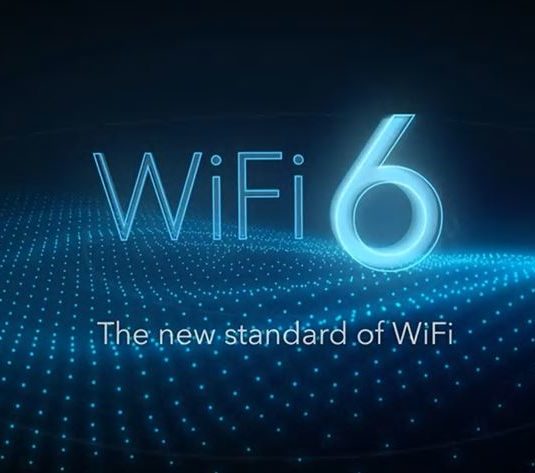What is Wifi 6 Technology?
Wi-Fi 6, also known as IEEE 802.11ax, is a Wi-Fi specification standard, and the successor to Wi-Fi 5. It is designed to operate in license-exempt bands between 1 GHz – 6 GHz. All Wi-Fi 6 devices work over the previously allocated 2.4 GHz and 5 GHz bands. The Wi-Fi 6E extended designation is for products that also support the higher than 6 GHz standard.
For dense deployments, throughput speeds are 4× those of IEEE 802.11ac (Wifi 5), even though the nominal data rate is at most 37% faster. Latency is also down 75% on Wifi 6 networks.
To improve spectrum efficient utilization, the new version introduces better power-control methods to avoid interference with neighboring networks, orthogonal frequency-division multiple access (OFDMA), higher order 1024-QAM, and up-link direction added with the down-link of MIMO and MU-MIMO to further increase throughput, as well as dependability improvements of power consumption and security protocols such as Target Wake Time and WPA3.

WANT TO UPGRADE TO MULTI-GIG INTERNET WITH BROADSTAR?
What Does This Mean for Customers?
The short answer to this question is that a Wifi 6 Network will handle up to 9.6GB per second, whereas a Wifi 5 Network is only rated up to 3.5GB per second. Not only is the maximum speed output greater, but the data is sent more efficiently to all of your connected devices simultaneously.
In order to accommodate the changes in the way we are using the internet and the ever-increasing number of internet devices within the home, Wifi 6 has been developed to allocate required data speeds across all of your Smart Home, Smart TV, Computer, Gaming, and Mobile device technology. Single device usage may not change in a shocking fashion compared to Wifi 5, but the speed of your daily usage across all devices will see a noticeable increase across the board.
Imagine an average family household with two adults and two children during peak internet time in the evening. Conservatively, their home network is serving 3 Smart Televisions, 4 Smart Phones, 2 Laptops, 1 Smart Home Device, and 1 Gaming Console. Where a Wifi 5 Network may struggle to provide a seamless experience to these 11 devices, a Wifi 6 Network will actively prioritize and deliver the necessary speeds to each one simultaneously without breaking a sweat.
